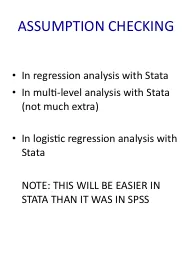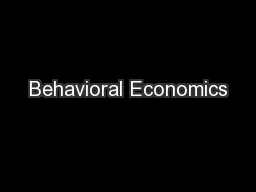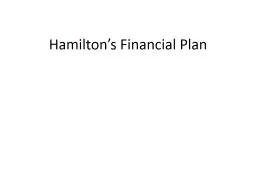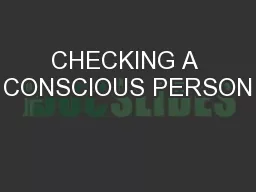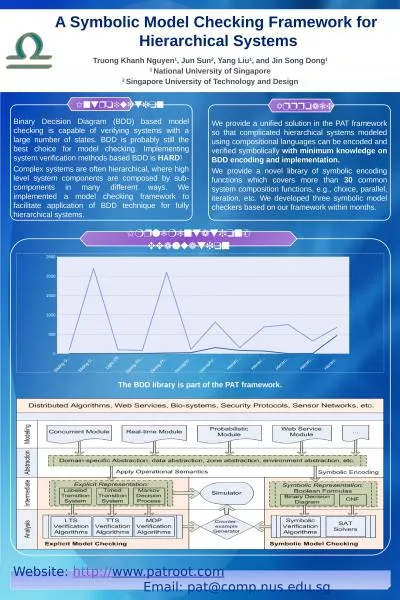PPT-ASSUMPTION CHECKING
Author : kittie-lecroy | Published Date : 2015-10-21
In regression analysis with Stata In multilevel analysis with Stata not much extra In logistic regression analysis with Stata NOTE THIS WILL BE EASIER IN STATA
Presentation Embed Code
Download Presentation
Download Presentation The PPT/PDF document "ASSUMPTION CHECKING" is the property of its rightful owner. Permission is granted to download and print the materials on this website for personal, non-commercial use only, and to display it on your personal computer provided you do not modify the materials and that you retain all copyright notices contained in the materials. By downloading content from our website, you accept the terms of this agreement.
ASSUMPTION CHECKING: Transcript
Download Rules Of Document
"ASSUMPTION CHECKING"The content belongs to its owner. You may download and print it for personal use, without modification, and keep all copyright notices. By downloading, you agree to these terms.
Related Documents

